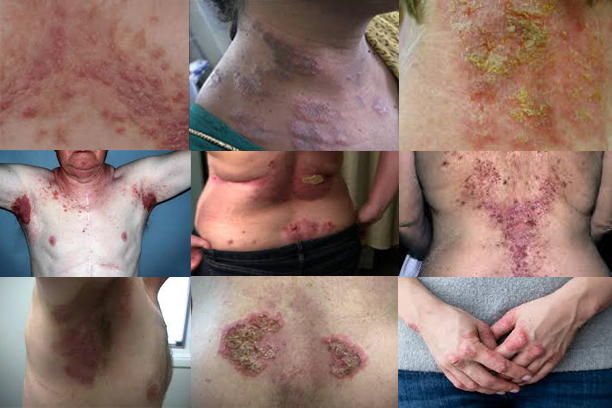Make an Appointment
What is Hailey Hailey Disease?
In the medical literature, Hailey-Hailey disease is sometimes known as
familial benign pemphigus
, which has caused major confusion. Pemphigus is the umbrella term for a collection of rare autoimmune blistering skin diseases. Pemphigus and Hailey-Hailey illness have comparable symptoms and skin damage. Pemphigus, on the other hand, is an autoimmune condition in which the body’s own immune system assaults healthy tissue. There are no autoantibodies in Hailey-Hailey illness because it is not an autoimmune sickness. A gene mutation causes Hailey-Hailey disease, which is a separate genetic illness. The Hailey brothers initially characterised it as a rare inherited blistering skin disorder in 1939.
What is the cause of Hailey Hailey disease?
Benign familial pemphigus is an inherited skin illness, albeit spontaneous occurrences without a family history do occur rarely. The gene ATP2C1 on chromosome 3q21-24 has recently been identified as the source of the problem. This gene produces the calcium and manganese pump SPCA1 (Secretory Pathway Calcium/Manganese-ATPase). Desmosomes are structures that hold skin cells (keratinocytes) together, and it appears that when calcium levels are low, the desmosomes do not assemble properly.
The skin cells in benign familial pemphigus become dislodged from one another due to a genetic abnormality. Normally, the cells are firmly packed together, much like bricks and mortar. The ‘mortar’ in patients with Hailey-Hailey illness is faulty, and the cells fall apart like a crumbling brick wall.
What are the symptoms of Hailey Hailey disease?
Hailey Hailey typically begins as a symmetrical painful erosive and crusty skin rash in the skin folds is the most common symptom of Hailey disease. Armpits, groynes, and neck, as well as under the breasts and between the buttocks, are all common locations. Lesions tend to come and go, leaving no marks behind. The centre of the lesions clears out as they grow larger, leaving a classic ring shape. If the lesions are left untreated for a long time, they may thicken. After then, the skin begins to macerate, resulting in painful cracks.
Heat, sweating, and friction are all known to aggravate the illness, and most patients experience severe symptoms in the summer.
In rare cases, benign familial pemphigus might be unilateral, linear, or include the mucous membranes. White bands on the fingernails and palm pits are also possible.
How is Hailey Hailey diagnosed?
Benign familial pemphigus is usually diagnosed based on its appearance and family history, however it is frequently misdiagnosed as other skin conditions. Impetigo, thrush, tinea cruris (jock itch), and other blistering disorders resemble each other in appearance.
A skin biopsy may be required for diagnosis. The histology is typical, with layers of detached skin cells (‘acantholysis’) forming a ‘row of tombstones.’ The immunofluorescence test for antibodies, unlike pemphigus vulgaris, is negative. Family members do not yet have access to a diagnostic test.


One Comment
Pingback: Hailey Hailey Disease – Sujata Birla Hospital